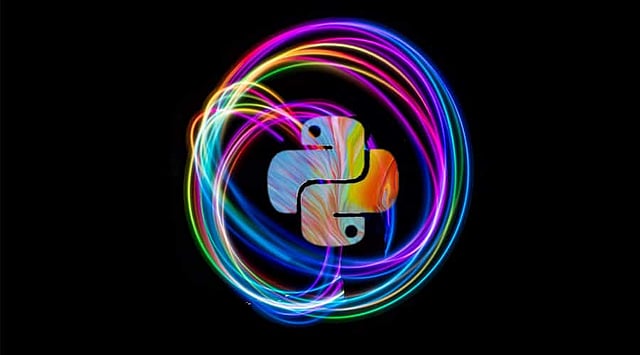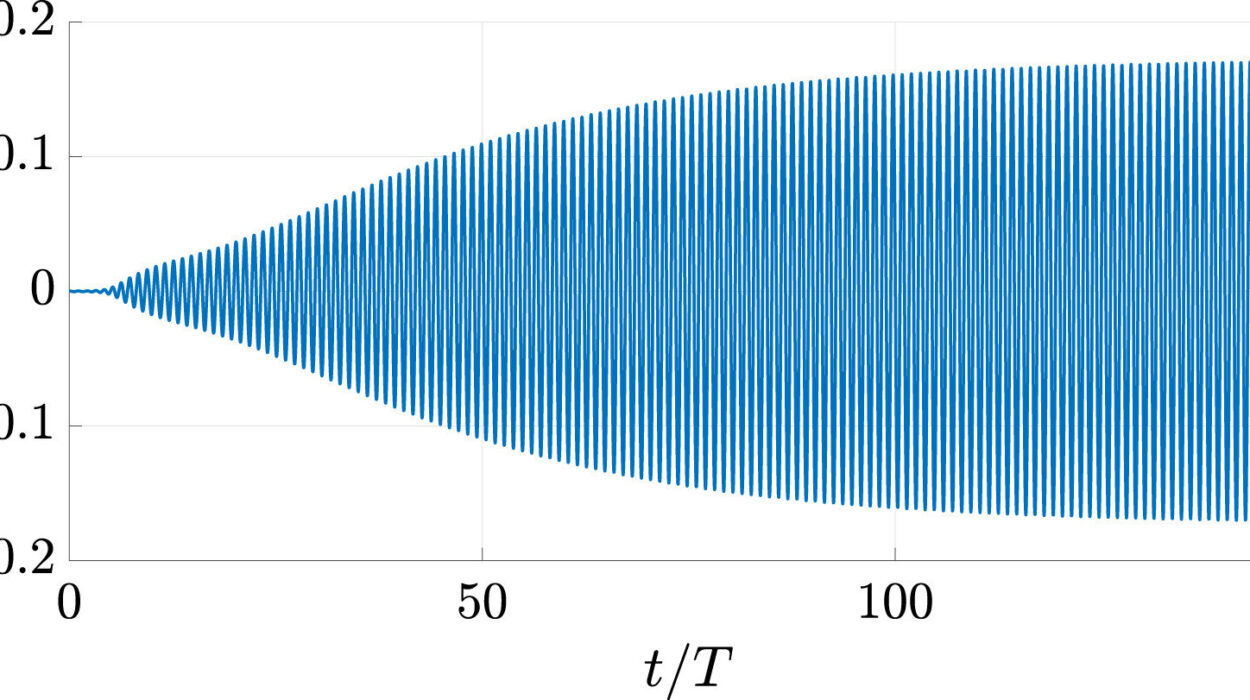Somewhere in the dim glow of a bedroom, a woman lies awake beside her husband. The pale blue light from his phone flickers across his face, highlighting the contours of a man she once thought she’d grow old with. He’s scrolling through endless TikTok reels, lost in a loop of slapstick comedy and travel videos. She watches him silently, feeling the weight of the chasm that’s opened between them.
In the next apartment over, a young couple lies entwined, each staring into separate screens. Fingers twitch across glass, eyes darting, attention splintered into a thousand tiny fragments. They’re together—but alone.
These scenes unfold nightly across cities and small towns, apartments and houses. Everywhere, screens glow where candles once burned, and silence blooms where conversations once blossomed. Technology has given us connection to the world—but has it robbed us of intimacy with each other?
When Love Went Digital
Not long ago, romance wore the weight of paper letters and cassette tapes. People waited for mailmen bearing envelopes licked shut with trembling hope, or dialed rotary phones late into the night just to hear a lover’s voice. In the hush of the living room, lovers pressed play on carefully curated mixtapes—a collection of songs carrying secret messages across miles.
Then came the internet. Emails replaced letters. Texts replaced phone calls. The mixtape became a Spotify playlist shared with a single link. The pace quickened. The stakes shifted.
Today, love is faster and broader, but perhaps shallower. We swipe, match, ghost, block, unfriend. We meet people in pixels and emojis, and end things with silence or a single thumbs-down. Technology has rewritten the language of love, and sometimes it feels like it’s written it in code only the young can read.
A Double-Edged Sword
Technology has not only changed how we meet—it’s changed how we stay connected. Apps buzz with notifications, promising closeness even across continents. Video calls let long-distance lovers whisper secrets at midnight. Couples trade “good morning” selfies and memes to say “I’m thinking of you.”
But every tool is a double-edged sword. The very apps that keep us connected can also wedge us apart. We slip into bed with our phones, carry them into bathrooms, scroll through social feeds while partners are speaking. The glow of screens bathes us in synthetic light, even as it starves us of real connection.
Technology brings infinite choice, and sometimes infinite temptation. A partner’s attention wanders with a simple swipe. Relationships face pressures unknown to previous generations.
In this new reality, people wonder: are screens killing romance—or simply revealing the cracks that were always there?
The Rise of Digital Intimacy
Yet it would be unfair to paint technology as a villain. For some, it’s a lifeline.
Consider Lily and James, who met in a crowded Reddit thread about vintage watches. Thousands of users were debating the merits of Swiss movements, but in the swirl of comments, Lily noticed James’s thoughtful posts. She messaged him privately.
What began as digital banter evolved into late-night conversations. Months later, Lily flew across the country to meet James. Two years after that, they married. Their wedding website thanked Reddit for bringing them together.
Technology can create intimacy where geography once said no. For LGBTQ+ people in particular, dating apps and online communities have been lifelines, offering connections they couldn’t find in their local towns. For people with disabilities or chronic illness, digital romance offers hope in ways the physical world sometimes cannot.
But even in digital love stories, screens are both window and barrier. Lovers who fall for each other’s texts sometimes discover awkward silences in person. Affection poured into emoji hearts may not translate to physical gestures.
The Economy of Attention
There’s another cost to our tech-fueled world: the economy of attention. Every ping, every vibration, every badge with a red number calls to us like a siren song. And sometimes, the lure is stronger than the partner sitting beside us.
Brain science tells us why. Apps are built to hook us, flooding us with dopamine hits. Notifications deliver novelty and surprise. Even a “like” on a photo releases chemicals that keep us coming back for more.
Meanwhile, our relationships—the real ones, the ones that unfold over years—require patience. They demand presence, silence, vulnerability. But these things rarely produce dopamine spikes. They’re not engineered for “engagement.”
So we chase the rush of novelty while neglecting the deep roots of connection. A partner’s sigh is less exciting than an Instagram reel. An argument feels easier to avoid when we can sink into endless scrolling.
Over time, the relationship becomes a background app we forget to update.
Ghosting: The Digital Vanishing Act
Technology has also transformed how we end relationships. Ghosting—a modern phenomenon—was almost impossible in previous generations. It’s hard to vanish when someone knows your home phone or sees you every Sunday at church.
Now, with a tap, someone can disappear. A few years ago, Emily met Adam on a dating app. They texted daily, went on dates, planned a weekend away. Then one day, his texts stopped. She checked his profile—gone. His number went to voicemail.
No closure. No explanation. Just the void.
Ghosting leaves the other person circling in confusion, dissecting every message for hidden clues. It’s a wound uniquely modern—inflicted not by words, but by silence.
Technology allows escape without accountability. In doing so, it spares people awkward conversations, but inflicts deeper emotional scars.
Social Media and the Illusion of Perfection
Then there’s the pressure of social media. In our feeds, couples beam from beaches, toast champagne in Paris, pose under cherry blossoms. Photos are filtered, captions carefully crafted.
It’s easy to look at those images and wonder: Why doesn’t my relationship look like that?
But behind the pictures often lies messiness. The couple who seems perfect might have fought an hour before their smiling selfie. The sunset on Instagram might be the only beautiful moment of an otherwise strained vacation.
This illusion of perfection fuels insecurity. Studies show that couples who obsess over social media often report lower relationship satisfaction. Comparing our real relationships to someone else’s highlight reel leaves us feeling deficient.
It’s an invisible poison, eroding trust, sparking jealousy, and breeding resentment.
Sex, Screens, and Intimacy
Another quiet revolution has unfolded in bedrooms across the world. Pornography is now available at the tap of a screen, 24/7. What was once hidden behind store counters or locked drawers is now as close as a smartphone.
Some partners discover that one person in the relationship has retreated into digital sexuality. They feel betrayed, comparing themselves to the endless stream of bodies and fantasies online.
Sex therapists report growing numbers of couples where intimacy has dwindled, replaced by solo experiences behind closed doors. Technology has changed not only how we connect emotionally, but how we bond physically.
Apps offer hookups with stunning efficiency. Swiping right can yield sex within hours, no strings attached. For some, this is liberation. For others, it’s a cycle of loneliness and emptiness.
The line between digital desire and real-life intimacy has blurred. Screens both kindle and kill erotic energy.
Phubbing: The Quiet Insult
In 2012, researchers coined a new word: “phubbing”—snubbing your partner by looking at your phone. It’s a small act, but it slices into relationships like a razor.
Your partner begins talking about their day. You glance at your notifications. Scroll. Double-tap a photo. You nod absentmindedly. They stop speaking. A pause blooms between you, filled with hurt.
Phubbing makes people feel invisible, unimportant. Over time, it corrodes relationships. One study found couples who regularly phub each other reported lower levels of satisfaction and intimacy.
In a world obsessed with connection, we’ve grown skilled at disconnecting from the people right in front of us.
The Pandemic Paradox
When COVID-19 swept the world, technology became our lifeline. Couples separated by lockdowns clung to Zoom calls and FaceTime kisses. Digital love letters became survival tools.
But for couples quarantined together, screens became both refuge and wedge. Partners retreated to separate rooms, binge-watching different shows, gaming into the night.
In homes crowded with children and stress, technology offered escape. But it also deepened the loneliness of people trapped in silent marriages.
Counselors reported surges in couples seeking therapy, complaining of feeling “alone together.” Technology was not the villain—but it was the mirror reflecting all our fractures.
Children of the Screen Age
There’s another generation growing up under this glow: children who have never known a world without smartphones.
They watch their parents text at dinner, scroll during bedtime stories, tap out emails during soccer games. They learn by example that devices are more compelling than human faces.
Researchers warn that parental phone use can harm children’s emotional development. Kids feel rejected, competing for attention with glowing rectangles. Over time, this affects how they learn to bond, trust, and love.
The screen is not just killing romance between partners—it may be reshaping the blueprint of love for future generations.
Hope in the Digital Age
And yet—there is hope. Technology doesn’t have to be the villain of this love story. It can be the tool that writes a new chapter.
Couples are finding creative ways to reclaim intimacy. Some establish “tech-free zones” in bedrooms and at dinner tables. Others set boundaries around screen time.
Apps themselves can be harnessed for connection. Partners share playlists, send voice messages, or play collaborative games. Video calls bridge oceans for long-distance relationships.
Therapists offer online sessions to couples who once would never have sought help. Even social media, when used mindfully, can help couples share moments and memories.
Love can survive—even thrive—in the digital age. But it demands conscious effort. We must choose presence over distraction, conversations over notifications, eye contact over screen time.
Love Beyond the Screen
Love is older than letters and younger than texts. It’s the look two people share when words fall away. It’s a hand brushing yours across the table. It’s laughter spilling out in a darkened room, a sigh, a silence heavy with meaning.
Technology can never fully replicate that. But it doesn’t have to destroy it, either. The danger lies not in the devices, but in how we let them claim the spaces once reserved for intimacy.
Screens glow. They dazzle. They seduce us with infinite novelty. But love is forged in the mundane: washing dishes, folding laundry, sitting quietly together after a long day. It’s the willingness to put down the phone, look into your partner’s eyes, and listen.
Perhaps that’s the ultimate lesson: Romance is not dying. It’s simply waiting for us to look up from our screens and remember where it lives.
The New Rules of Romance
As we hurtle deeper into a digital future, the rules of romance are still being written. Love will adapt, as it always has. We will craft new rituals, new languages, new ways to say “I love you.”
But some truths remain timeless. Love demands presence. Attention. Vulnerability. No app can substitute for human warmth. No algorithm can replace a kiss.
We stand at a crossroads. We can let technology become the silent thief of connection—or we can make it the servant of deeper love. The choice belongs to each of us, one conversation at a time, one look away from the screen.
So tonight, close your laptop. Slide your phone into a drawer. Turn to your partner and ask, “How was your day?”
You might just discover that romance is still alive—and waiting patiently in the silence between notifications.






